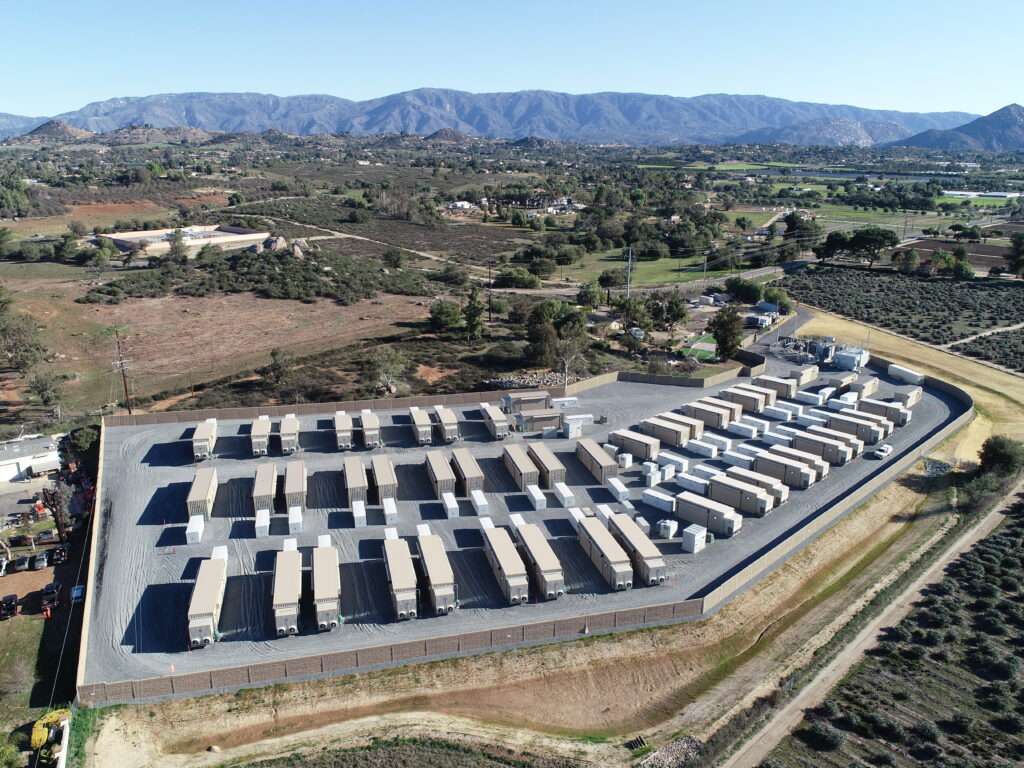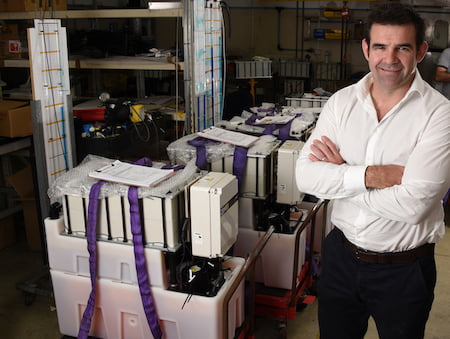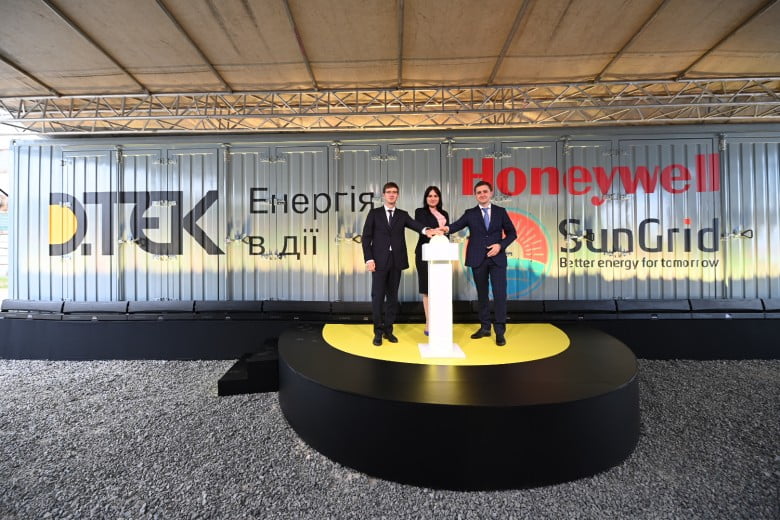Terra-Gen’s Valley Center Battery Storage Project, San Diego, California. Image: Terra-Gen.
Renewables developer Terra-Gen’s 140MW/560MWh Valley Center Battery Storage Project in California is now fully online, the company has announced.
“Our Valley Center Project has been successfully dispatching power to the local grid sinceDecember, and we’re proud to report that the facility is now 100% online,” said MarkTurner, Vice President of Energy Storage for Terra-Gen.
The four-hour lithium-ion battery energy storage system (BESS) is connected to a nearby San Diego Gas & Electric (SDG&E) substation and has contracted with the investor-owned utility to provide power under a 15-year Resource Adequacy (RA) contract.
The procurement by SDG&E was approved by the regulatory California Public Utilities Commission (CPUC) in January 2021 along with Vista Energy Storage, a smaller 10MW project from LS Power. Two Fluence-delivered but SDG&E-owned sites totalling 40MW were not approved (source: Public Utilities Commission of the State of California, Energy Division, RESOLUTION E-5117, January 14, 2021) although since that time at least one of them has been.
The Valley Center BESS will help prevent power outages, stabilise the grid, lower the cost of meeting peak power demand, increase the value of nearby wind and solar installations and reduce the need for expensive transmission infrastructure investments.
Investor-owned utilities in California are having to procure large amounts of additional, cleaner energy resources to bolster the grid and make up for the closure of traditional fossil fuel generating plants, particularly peaker plants.
The state has suffered numerous power shutoffs due to the recently increased wildfire risk and plans to have a zero-carbon electricity system by 2045.
As such, electricity suppliers have been ramping up their procurement of power and services from ongoing BESS developments in the last few years as well as developing their own systems. SDG&E has some of its own which will total 145MW by end-2022 and around 300MW by end-2023 while peer Pacific Gas & Electric (PG&E) recently put forward for approval contracts with nine projects totalling 1.6GW/6.4GWh, to add to a growing arsenal of battery resources it can call on.
Most current BESS projects related to state directives are due to come online over 2023-2026 with a large portion of those due to an 11.5GW clean energy procurement drive load-serving entities including utilities were ordered by CPUC to go on to ensure ‘Mid-Term Reliability’ as nuclear and fossil fuels come off the system. Earlier this month, the regulator also approved a plan to add more than 25.5GW of renewables and 15GW of storage in the state by 2032 at a cost of US$49 billion.
Terra-Gen says the Valley Center project is providing US$40 million to the local area in jobs and economic activity, which equates to around US$71,000 per megawatt-hour. That is roughly in line with the low end of industry benchmarking of average revenues for lithium-ion systems.
As part of the project the firm has donated US$250,000 to support the Valley Center Fire Protection District’s new nearby fire station.
The group is also working with construction group Mortensen to build what the pair claim will be the world’s largest solar-plus-storage project at 1,118MW of Solar and 2,165MWh of energy storage, the Edwards & Sanborn energy project, also in California. Part of its offtake has been secured by non-profit electricity supplier San Jose Clean Energy.
Continue reading










